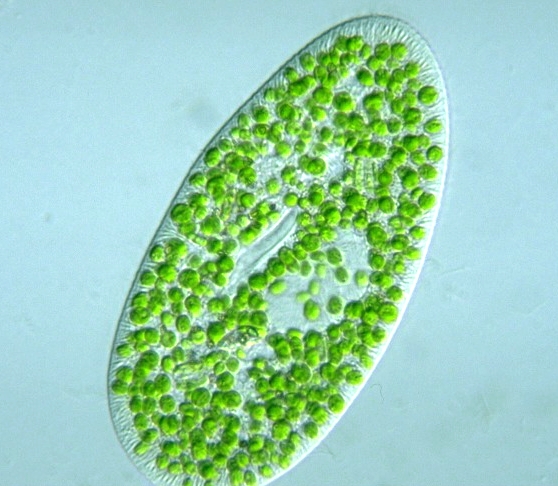 Description:
Description:Nowadays, many people face diet problems. For instance, in the US, obesity is a major problem. In 2006, only four states had a prevalence of obesity less than 20%. Twenty-two states had a prevalence equal or greater than 25%; two of these states (Mississippi and West Virginia) had a prevalence of obesity equal to or greater than 30%.
Guiding people to keep healthy will be a great service. This service will mainly aim at people with health problems, especially people with obesity. However, this doesn't mean that the others don't need it because this service will guarantee to provide people with precious advice concerning their health. Everyone needs these healthy tips. The service will meet each person individually, and tell the person what he should do for a healthier life. The objective of this service is to prevent people from getting serious illnesses before it is too late. Also, it can give obese people valuable suggestions to improve their situations.
Reflection:
Prevention is always better than cure. If people make it a habit to pay more attention to their health, they will have a lower chance of being sick. And with this service, people will be reminded at all times about their health. Although people know that good health is very important, many of them don't know what they should do in specific to keep themselves fit. For example, many people know what the food pyramid is, but they don't know how to arrange their eating schedules. This service will give them a sample balanced diet as a guidance. Also, some people may not know how to prevent minor illnesses, such as headache or insomnia. This service will be able to help them specifically with different proposals. To conclude, people can lead healthier lives if they use this service.
The following website contains materials that are similar to my idea, but it focuses only on kids.

 Summary:
Summary:




